Do you know where Champagne's bubbles come from?

Since its invention in the 17th century, champagne has been associated with luxury, prestige and power. The association dates to when French kings were traditionally crowned in Reims, a town smack bang in the Champagne-Ardenne region of France. Champagne was served at the coronations and festivities, and thus a multi-million dollar industry was born.
In most countries, the name Champagne is protected by law, and only applies to a certain mix of grapes, from a specific region, produced along exact guidelines.
Champagne may be the most famous, but there are many other regions around the world now that produce high quality sparkling wines. But have you ever wondered what gives these wines their fizz? Methods of introducing bubbles into the wine varies, but will generally follow one of these three processes:
Number one - Méthode champenoise
This is the oldest and most traditional method used to carbonate wine. And it is the only method allowed when making official champagne.
Following the first fermentation, sugar and yeast are added to the wine and the bottle is sealed with a temporary cap. The bottles are then placed horizontally and left to mature for at least one and a half years. In the years where the harvest is exceptionally good, the bottles are aged for up to three years.
It is during this part of the process that carbon dioxide becomes trapped in the bottles, creating the pressure and therefore the bubbles. The amount of sugar added determines the exact pressure produced.
Once the wine has aged, the remaining yeast (or ‘lees’) must be removed. To achieve this, the bottles are turned every day, and the angle gently increased from horizontal to vertical. The lees are then removed (a process called disgorging) and a little more sugar added.
The champagne is then ready to be sealed and labeled. All set to have its cork popped at the next special occasion.
Number two - The Charmat process
If that all sounded like a bit too much hard work, there are other ways of giving your wine a little fizz that don’t involve quite so much painstaking labour.
With the Charmat process (also known as the Italian process), the wine undergoes its secondary fermentation in large tanks instead of individual bottles. It is then bottled under pressure in a continuous process in order to preserve the bubbles.
Wines produced this way can be made at a slightly lower cost than wines made using the traditional method. And are therefore slightly more affordable than authentic champagnes.
Number three - Gas injection
Last and most definitely least is gas injection. This is used to create very affordable, mass-produced sparkling wines.
In a similar way to most fizzy drinks, carbon dioxide from a carbonator is pumped into the wine, which is then bottled under pressure. Wines made using this method will loose their bubbles more quickly than those made with the other methods and may not have quite the same quality finish as either of the other methods.
Find more about sparkling wines and import wines on this site.

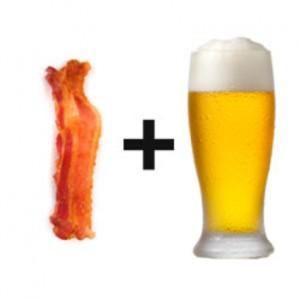

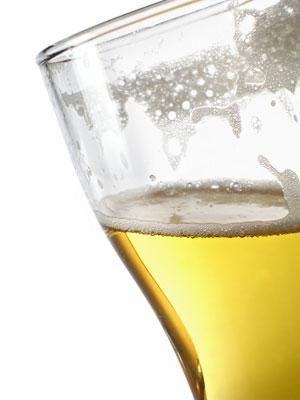
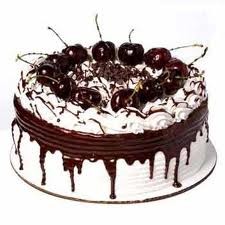
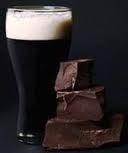
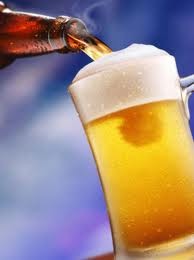

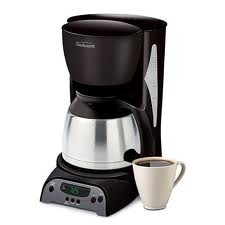
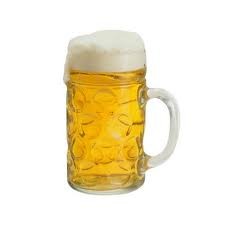
Comments